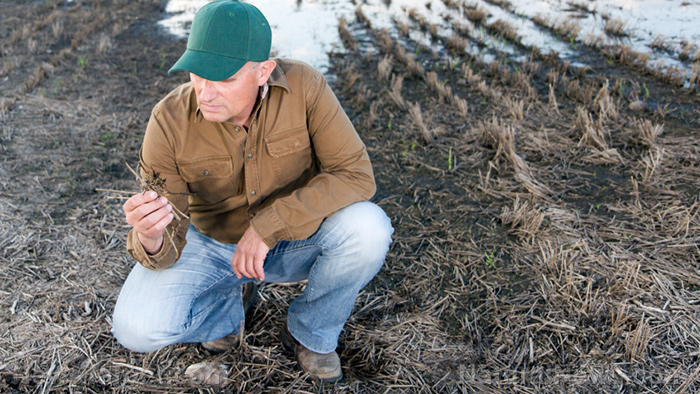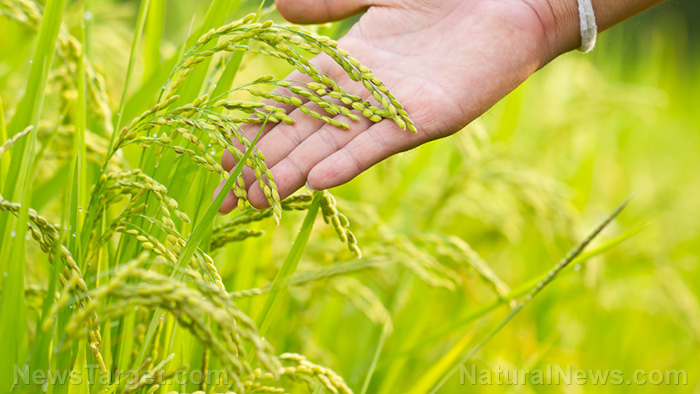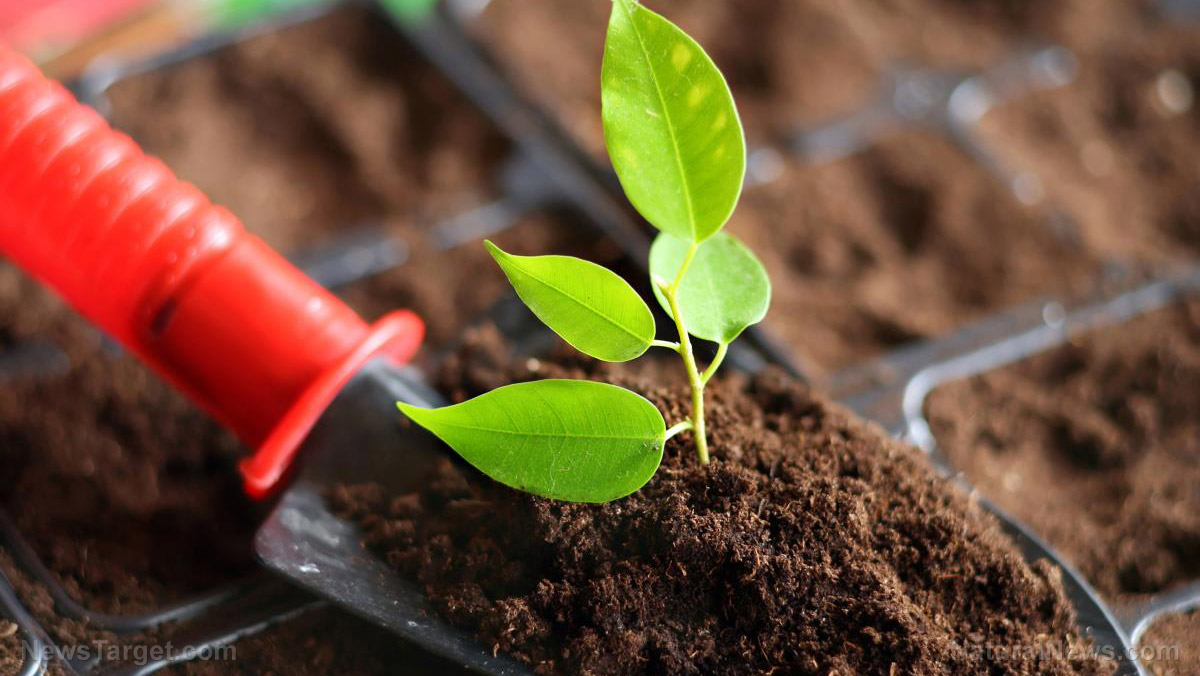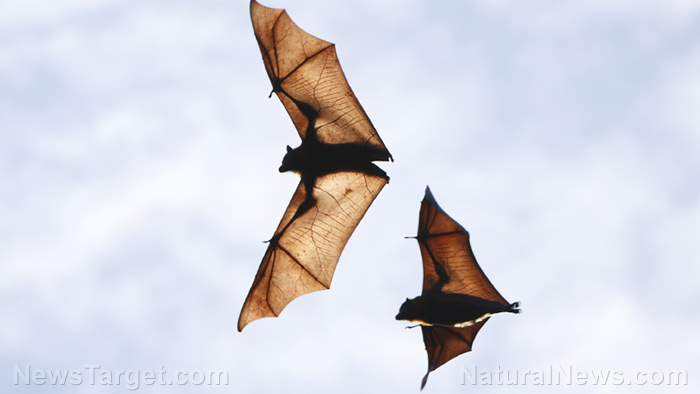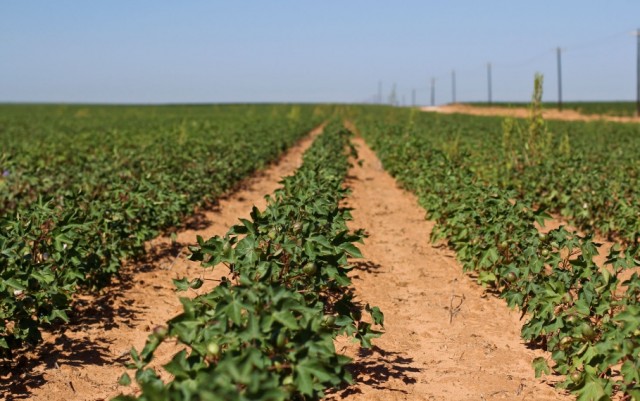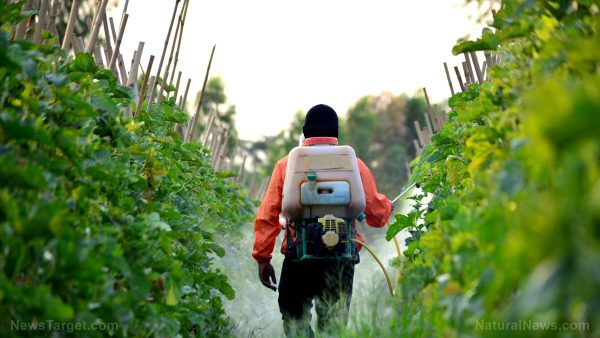Not just ugly; pest damage affects nutrition too
08/01/2018 / By Ralph Flores
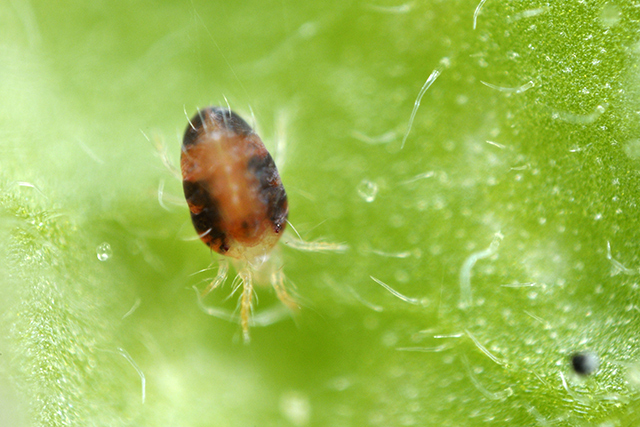
A study published in the journal Acta Alimentaria indicated that the damage afflicted by pests on crops not only reduces its visual appeal, but it can also affect its nutritional value. Researchers from Kaposvár University and the University of Pécs in Hungary concluded this after examining the effects that the two-spotted spider mite (Tetranychus urticae Koch) had on soybeans.
The two-spotted spider mite comes from the Tetranychidae family, which has 900 species and can be recognized by their modified mouthparts called stylets. Of all the species from the Tetranychidae family, two-spotted spider mite has the most economic significance, as it is considered a pest of many crops. In the study, researchers note that the damage that it can do on soybeans is widely recognized; however, it can also wreak havoc on other crops including cotton, strawberries, watermelons, tomatoes, and even ornamental plants. In the U.S., yield losses attributed to spider mite damage have reached 15 percent, while France reported a 14-percent loss of corn yield and up to 44 percent for cotton because of the two-spotted spider mite. Managing spider mite infestation also is an economic burden: The EU spent an estimated $1 billion for pest control measures.
In soybean, two-spotted spider mites are kept in check by their natural enemies, weather, and the quality of the plant itself. However, outbreaks are more likely to happen in drought because of the following factors:
- Cutting down surrounding vegetation during drought accelerates its movement to soybean and corn.
- The food quality of soybean improves during a drought.
- The hot weather inhibits fungal diseases that affect the two-spotted spider mite.
- The condition speeds up reproduction that natural predators can’t keep up.
The research team, however, wanted to know whether there was any link between the visual damage and the nutritional value of the harvest. To do this, the team used the Weendei analysis; that is, a method that examines food products for nitrogen (for protein), ether extract, crude fiber, and ash – as well as soluble carbohydrates – for the study. They found that the damage made by the spider mite changed the protein content and structure in affected soybeans.
In the study, the researchers wrote that there was a significant change in the protein content in the mite-injured seeds, as well as in its composition. There was no change noted in the raw fat content of the soybeans. In addition, the levels of ash and fiber also yielded no differences as well. The gel electrophoresis method also showed distinct protein changes that were present in the mite-infested samples but not in the control sample – which reduced the feed-consuming capacity of the soybeans in farm animals.
Scientists have suggested a link between pest-related crop damage and nutritional content. An earlier study led by researchers from Africa have shown that the damage made by the larger grain borer on cassava chips affected its chemical composition, particularly its starch content. Other studies recorded similar cases: The amount of caffeine in kola nuts – a major flavor additive in beverages – decreased when it was attacked by kola weevils, and chickpeas that were damaged by the cowpea weevil lost some of its thiamine content. (Related: Essential oils found to be effective fumigants against the pulse beetle, a pest common in chickpeas, lentils and other legumes.)
This is also another blow to the already diminishing nutritive value of crops. Based on a separate study, the wheat cultivars grown today contained much fewer nutrients than those grown in 1842. Researchers from the Washington State University found an 11 percent reduction in the iron content from today’s wheat, as well as 16 percent for copper, 25 percent for zinc, and up to 50 percent decline in selenium.
Learn more about the food we eat by heading to Harvest.news today.
Sources include:
Tagged Under: crop damage, gel electrophoresis, mite-infested seeds, mite-injured seeds, mites infestation, Soybeans, Tetranychidae family, Tetranychus urticae Koch, two-spotted spider mite, Weendei analysis



